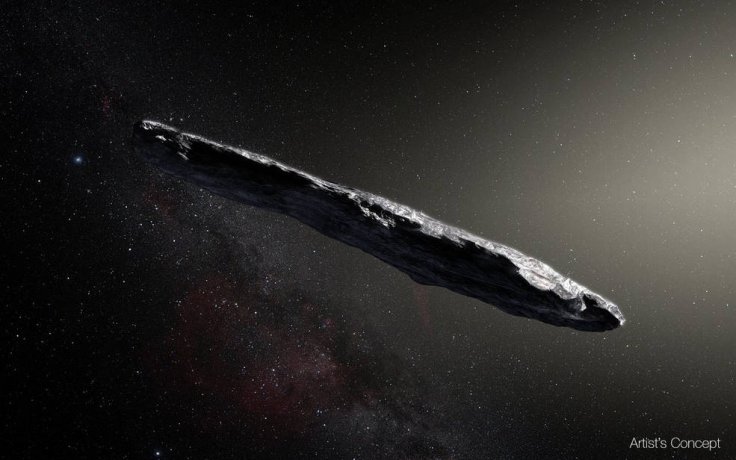
The new cosmic object that entered the Solar System has been officially classified by the International Astronomical Union (IAU) as an interstellar object. This marks the second time that an object from a different solar system entered Earth's neighborhood.
The object, known as C/2019, was identified as a comet after it was first discovered by astronomer Gennady Borisov from Crimea. Although other astronomers who saw the comet already believed that it came from a different solar system, further observations had to be conducted first in order for it to be formally classified by the IAU as an interstellar object.
Recently, the organization's Minor Planet Center released a statement to officially classify the object's nature. According to the organization, it was able to formally classify the object as an interstellar comet after observing its orbit and trajectory.
The organization explained that the object follows a hyperbolic path that takes it across different solar systems.
"After a week of observations by amateur and professional astronomers all over the world, the IAU Minor Planet Center was able to compute a preliminary orbit, which suggested this object was interstellar – only the second such object known to have passed through the Solar System," the organization stated.
"The orbit is now sufficiently well known, and the object is unambiguously interstellar in origin; it has received its final designation as the second interstellar object 2I," the IAU added.
After being officially identified as an interstellar object, comet C/2019's name was changed to 2I/Borisov in honor of the astronomer who first spotted it.
According to the IAU, 2I/Borisov is expected to reach its closest distance to the Sun on Dec. 7. During this time, the interstellar comet will be about 2 astronomical units or almost 300 million kilometers from the giant star. The organization estimated that this will also be the same distance between the object and Earth in December.
The IAU noted that the object will appear at its brightest in the southern sky from December to January as it proceeds with its outbound journey out of the Solar System.
As noted by the IAU, 2I/Borisov is the second interstellar object to visit the Solar System. The first one, named as 1I/2017 U1 or Oumuamua, was first discovered on Oct. 19, 2017.








